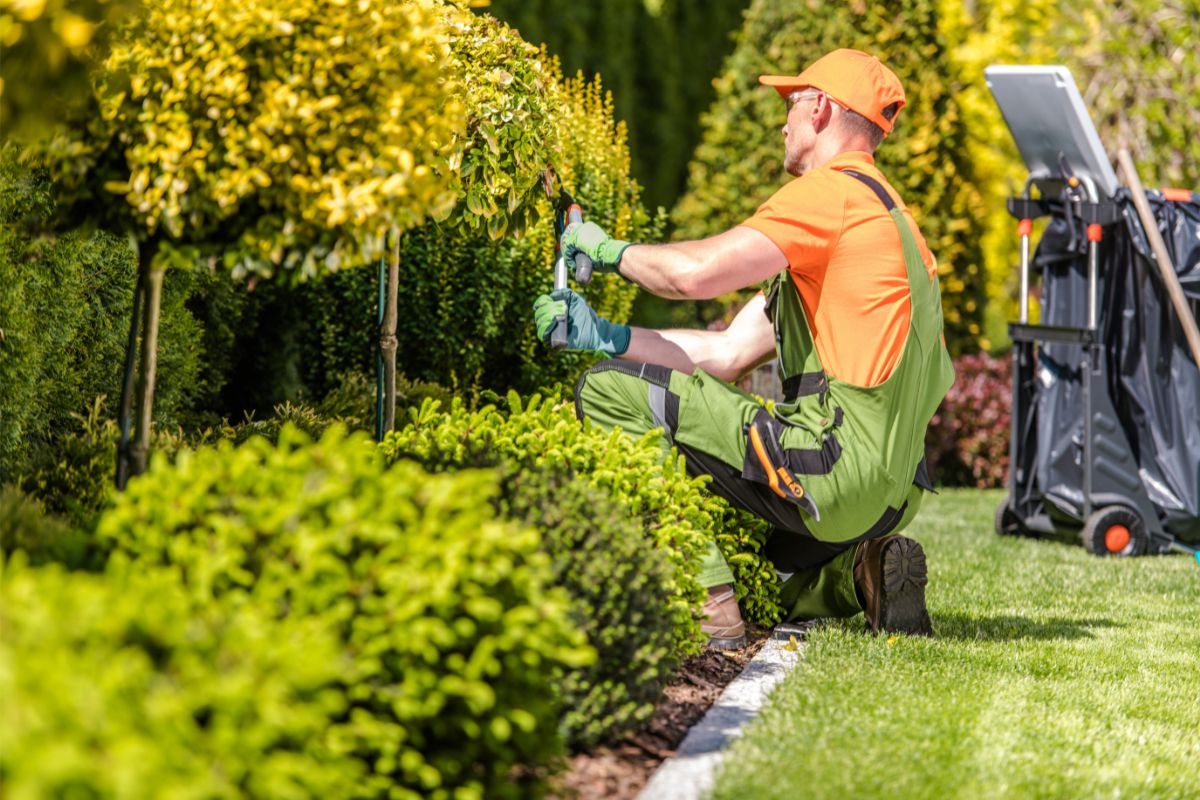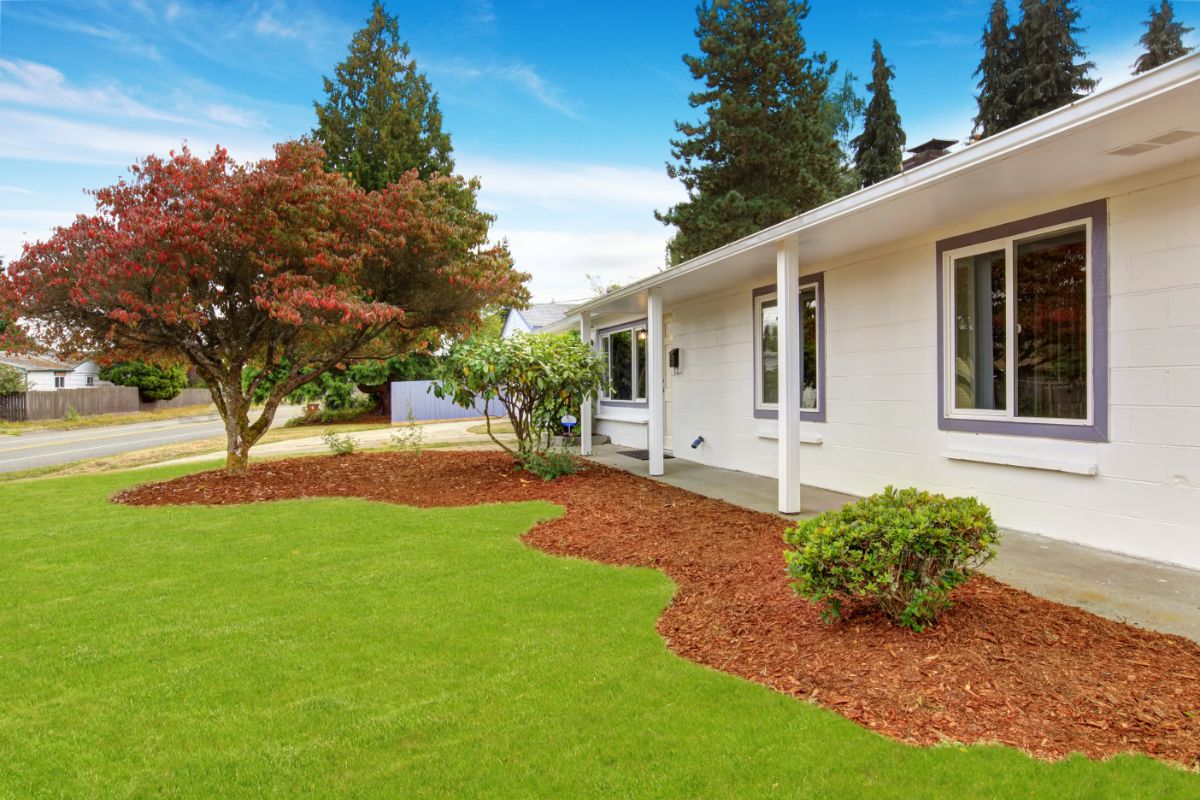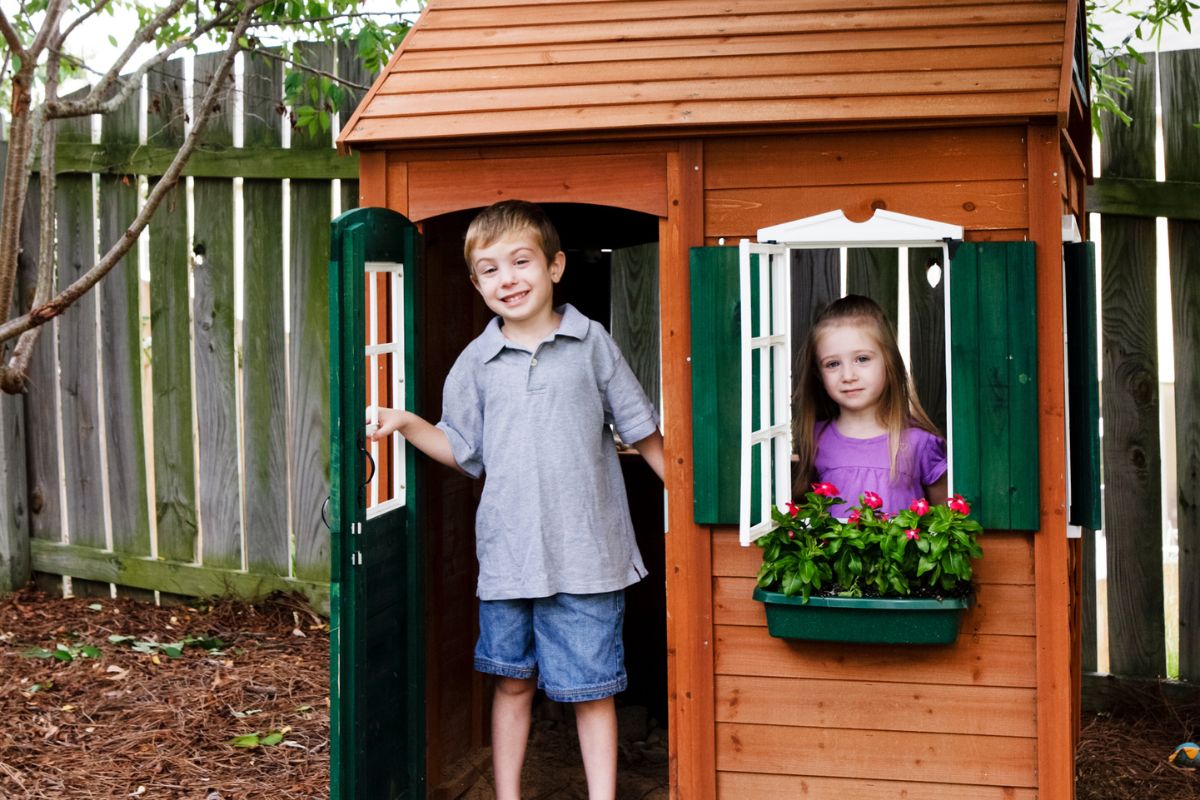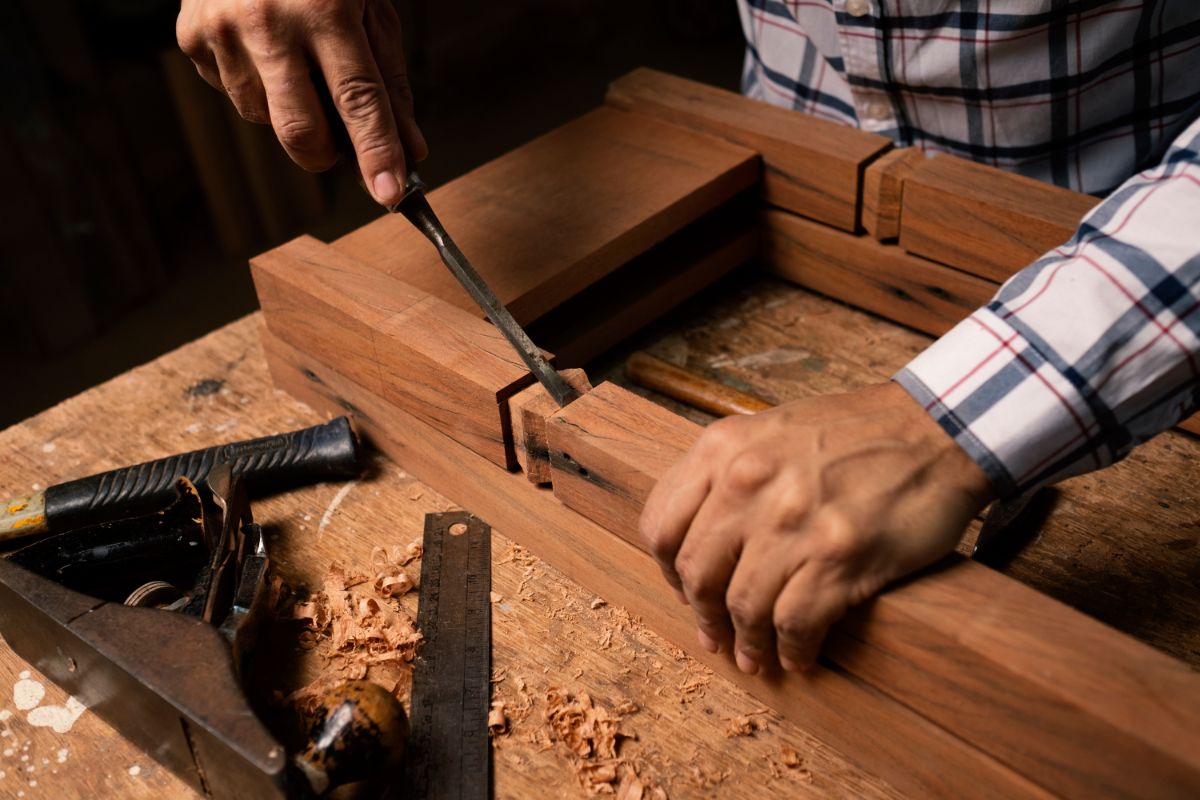While many of us enjoy the summer sun, one thing that doesn’t is your lawn.
Summertime can be a difficult time for your grass, especially in hot climates, and it is not uncommon for parched grass to turn brown – or even be scorched and damaged in some cases.
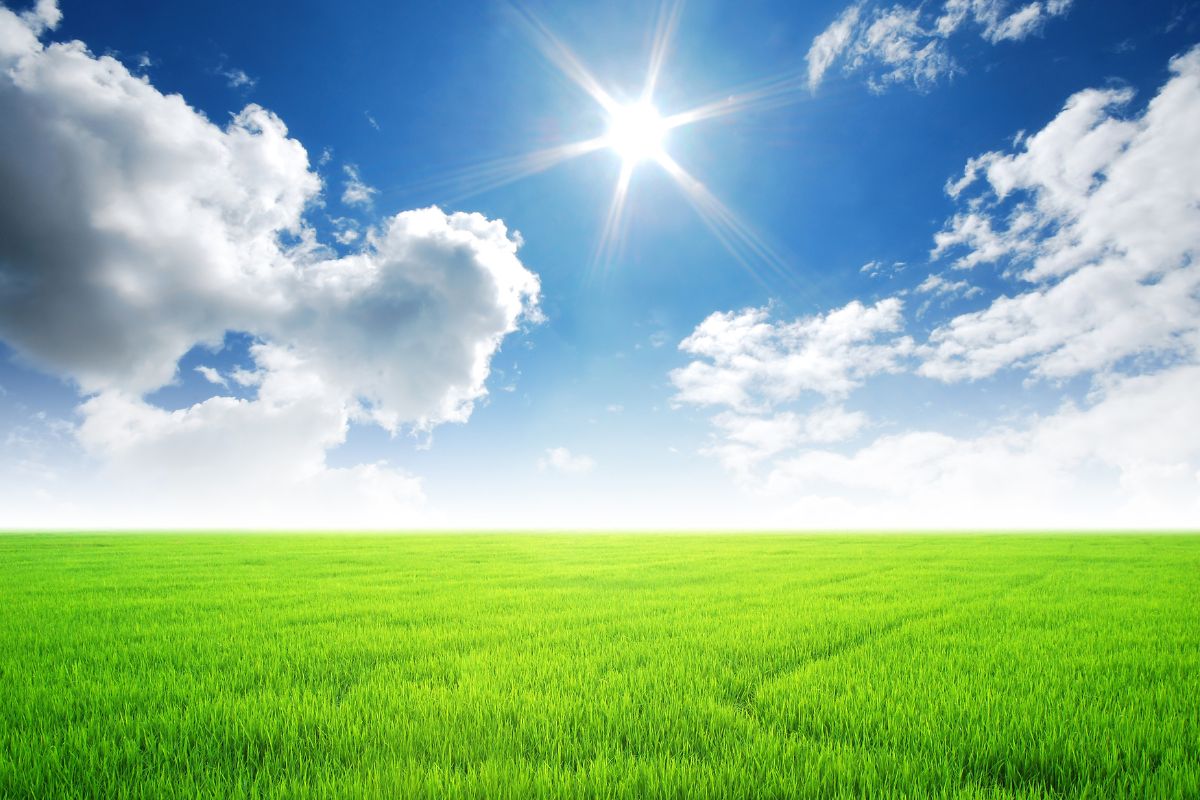
Luckily, there is a way to beat the heat, and keep your grass looking lush and green, even in the midst of summer.
So, without further ado, let’s take a look at how this can be done!
Turning Grass Green
Green fingered homeowners with a penchant for lawn management know that the summertime can play havoc with their even, lush, green grass.
But ever fear, luckily there are several steps that can be taken to encourage maintained healthy growth and color throughout even the hottest of heatwaves.
Keeping It Watered
This is an obvious one, but we have included it anyway.
Maintaining the moisture level of your lawn is one of the best ways to keep it looking its best, but there are specific things to bear in mind when doing so.
Be careful not to overwater. Well maintained lawns will have plenty of water below the surface, and so overwatering, even in the hottest weather, can be a bad thing for your grass.
However, depending on the temperatures, you might need to up your watering slightly to accommodate.
The best methods for maintaining moisture are sprinkler systems, as these deliver limited amounts of water on a semi-continuous basis.
Preventing Water Run-Off
This is one of the most notable signs that you are overwatering your lawn.
So if you see water running from the grass onto the concrete and surrounding areas, then consider slowing down the sprinkler, moving it to another part of the yard, or giving it a break until the water has been more properly absorbed.
Use Fertilizer
Fertilizers are rich in various nutrients necessary for healthy plant growth, and these can be lost during periods of drought or hot weather.
However, one important thing to remember is not to leave grass clippings on already thick mounds of grass.
This could lead to the development of mold, which is something you do not want to see when trying to maintain a healthy, nourished lawn.
Kill The Weeds
Weeds are parasitic, and steal the moisture that should be reserved for your grass. This is why removing them is the best line of defense against a dry, brown lawn.
This is best done earlier on in their development, before the roots get a chance to establish themselves properly. This is also easier than weeding established plants, and will make it light work.
Be wary of weedkillers, as these can seep into the lawn itself and kill the grass.
Leave the weed-killer to the concrete areas where weeds might sprout, and for the lawn stick to weeding forks or the simple ‘pulling up’ method.
Mowing The Grass
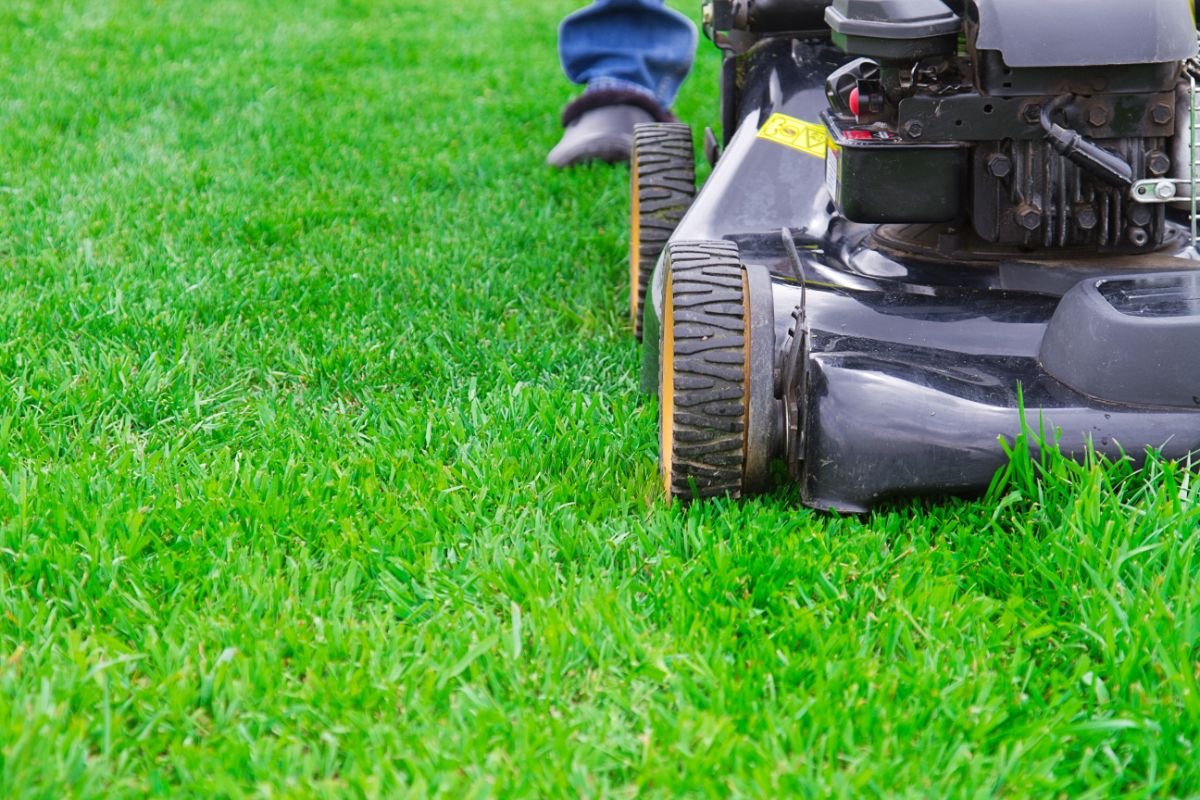
For many in the know, mowing the grass is a big no-no during hot weather, and you have probably heard your green fingered relatives warn you of scorching and damage to the grass.
However, cutting your grass a little is perfectly fine, and can encourage growth. Just be careful not to cut it too short, or as short as you normally would, as this could in fact encourage scorching and discoloration.
The reason why cutting the grass is good is that, as the grass grows longer, it requires more nutrients to maintain growth.
Cutting this back to a shorter level will mean that the subterranean parts of the grass can maintain their nutrients and moisture.
Get Rid Of Pests
Chafer grubs and leather jackets can be harmful pests to a green lawn, and can attract predators like birds, whose hunt can damage the grass and soil.
The method doesn’t require anything too taxing, and simply involves introducing nematodes to your lawn. These are small and make their habitat in the soil anyway, making them a perfectly organic introduction to any lawn.
These get rid of pests without having to introduce chemicals and pesticides into your soil, something that will encourage long term health, even during the summer heat.
Keeping It Aerated
Perhaps surprisingly, your lawn needs oxygen as much as it needs water, and this can go a long way to maintaining the color and health of your grass.
Aerating the lawn involves stabbing the ground with a pitchfork at regular intervals, allowing oxygen to permeate the soil and introduce vital nutrients into the ground.
This is a simple task, particularly if your lawn is small, but for those with sizable amounts of property, it might be time and labor saving to buy or rent a machine.
How To Repair Summer Damage
Of course, there are certain steps that you can take in the cooler months to maintain a good, healthy covering throughout the year.
Overseeding
This can be done either in the spring or fall, and can be a great way to give your grass a fighting chance for the hotter months.
We lose many grass seeds to birds and small animals anyway, so planting more just ups your numbers and gives the seeds a better chance of sowing.
Replacing The Turf
If your lawn has bald patches, you can cut out the damaged areas and replace the turf with new pieces.
You will need to cut the new piece to fit the gap, and then pat it down firmly to help it take. The only thing left to do is water it well. This will help the roots take, and will give it the nutrients it needs to get acclimatized.
Turf Tablets
While perhaps news to some, there are also things called turf tablets, which can be purchased from most garden or hardware stores.
These are good for repairing small patches of dead grass, and can be a good way of introducing helpful nutrients back into the soil.
Observation
Just like any plant, your lawn behaves differently throughout the year, and observing the behavior and patterns of your specific lawn can give you some insight into its needs and patterns.
This can give you the information you need to act accordingly, and set plans in place to preempt any seasonal problems that might arise.
Many people wrongly think that grass is a simple plant – and fair enough, it is simpler than most – but it still requires time and attention to keep it looking lush, healthy, and green all year round.
Final Thoughts
And there we have it, everything you need to know about maintaining a healthy, green grass in the summer months.
The summertime can be damaging to lawns, but with the right knowhow, and the proper maintenance, you can ensure that you have an attractive, healthy lawn throughout even the hottest periods of the year.
So, if you are a budding gardener who is fearful for an impending heatwave, then follow these simple tips to beat the heat and keep it hydrated!
- The Woodworkers Guide to Brad Nailers: Everything You Need to Know - September 25, 2023
- How To DIY An Aztec Garden Dining Table [The Easy Way] - October 18, 2022
- Farrow & Ball Pigeon: Is It Right For Your Home? - October 17, 2022


